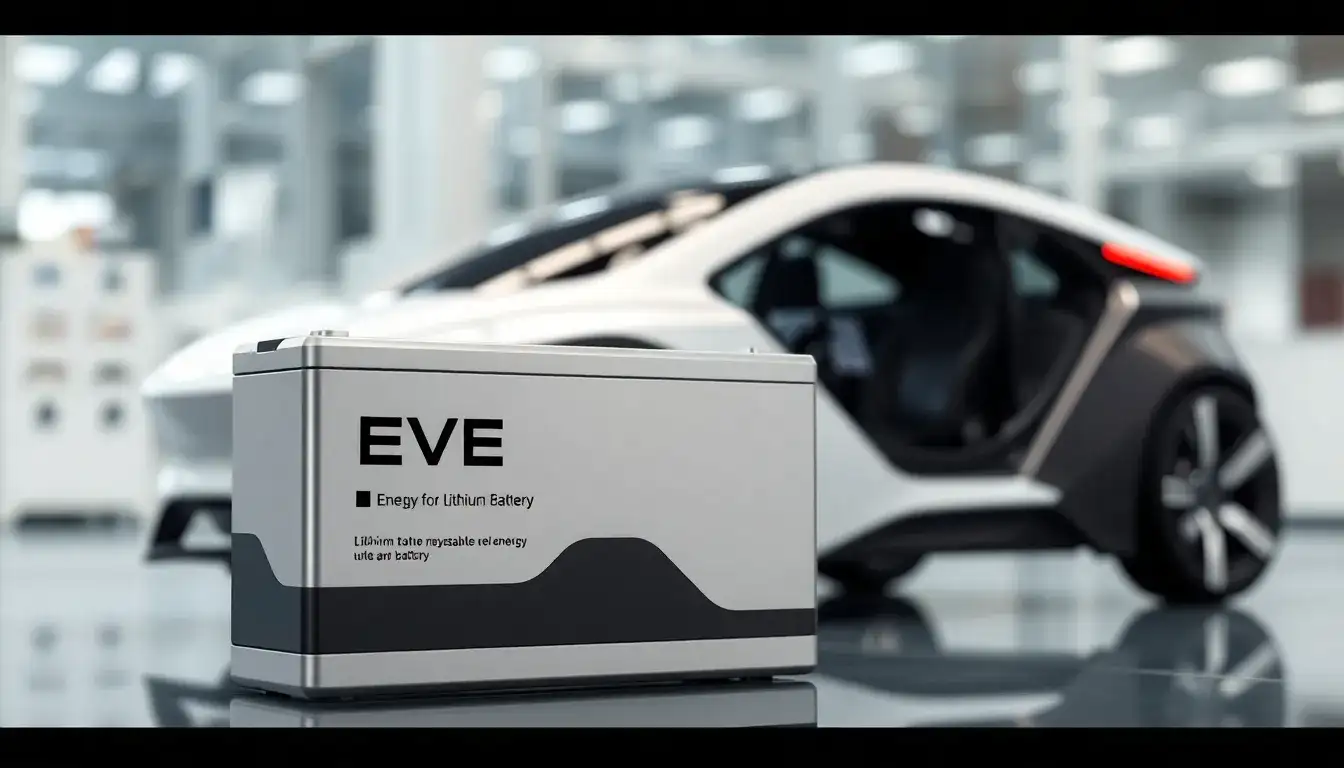
On March 18, Huizhou EVE Energy Co., Ltd. (stock code: 300014.SZ, hereinafter referred to as “the Company”) announced that it has recently received a notification letter from Guangdong Xpeng Huitian Aerospace Technology Co., Ltd. (hereinafter referred to as “Xpeng Huitian”) regarding its selection as a designated supplier. EVE Energy will provide next-generation low-voltage lithium batteries for Xpeng Huitian.
EVE Energy stated that receiving this notification letter represents a comprehensive acknowledgment of its research and development capabilities, product performance, and supply qualifications for low-voltage lithium batteries. This achievement marks another significant milestone in the Company’s efforts to expand its market presence in the low-altitude economy sector. The successful implementation of this project is expected to contribute to building a new ecosystem within the low-altitude economy and promote the high-quality development of the industry, while continuously enhancing the Company’s market expansion capabilities, overall strength, and internationalization level in the new energy sector.
However, EVE Energy also cautioned that the project’s progress remains uncertain, and the actual supply volume will depend on formal sales orders. As a result, the impact on this year’s operating performance is currently indeterminate. The Company will fulfill its obligation to disclose further information in a timely manner as the situation develops, urging investors to make careful decisions and be mindful of investment risks.
Notably, sources close to Xpeng Huitian revealed that the aforementioned order will not be utilized for the land aircraft carrier but is intended for the next-generation high-speed, long-endurance aircraft project prototypes. Currently, Xpeng Huitian is making rapid progress with its modular flying car, the “land aircraft carrier.” In March of this year, the flying body of the “land aircraft carrier” completed its first low-temperature test in Huma County, Greater Khingan Range, China, covering nearly a hundred test subjects. This comprehensive testing validated the flying body’s performance in various conditions, including takeoff, hovering, acceleration and deceleration, automatic flight, and low-temperature charge and discharge balance testing, while also challenging it in multiple failure scenarios, such as “full-load forward flight cruising.”
Recently, the flying body of the “land aircraft carrier” underwent a tensile test, successfully lifting a Voyager X2, which is a predecessor product of Xpeng Huitian. It achieved successful takeoff, hovering, and stable landing, with the X2 having a total weight of 680 kilograms.
According to information, the “land aircraft carrier” consists of two parts: the land vehicle and the flying body. The land vehicle, also known as the “mother ship,” features a three-axis, six-wheel design that allows for 6×6 all-wheel drive and rear-wheel steering, providing excellent load-bearing capacity and off-road capabilities. The flying body utilizes an innovative configuration with six axes and six rotors, made from carbon fiber materials, ensuring both high strength and lightweight characteristics. Earlier official announcements indicated that the land vehicle is manufactured at the Xpeng Motors factory. The “land aircraft carrier” is expected to begin deliveries in the first half of 2026, with over 4,000 orders already placed by the end of February.
During the recent National People’s Congress, to promote the development of the low-altitude economy industry represented by Xpeng Huitian, Xpeng Motors Chairman and CEO He Xiaopeng submitted a proposal regarding the acceleration of establishing a certification management system for eVTOL aircraft pilots. He suggested that the Civil Aviation Administration should promptly conduct relevant studies to enhance existing regulations and procedures related to pilot management, ensuring safe and smooth operations of aircraft.
The specific measures proposed include: first, establishing a classification and grading certification system for new eVTOL aircraft pilots, adding a new license category for eVTOL aircraft within current licenses; second, formulating training requirements for traditional aircraft pilots transitioning to new eVTOL aircraft, ensuring a sufficient supply of pilots for the operation of new aircraft; and third, improving standards for simulators and training devices for new eVTOL aircraft, ensuring technical equipment and facilities for pilot training. Additionally, there is encouragement to utilize AI, flight control, and simulation technologies to enhance the intelligence and realism of simulators, thereby reducing training time and costs for pilots.







